The Halloween movie series has gone through different retcons which have branched out the timeline, and the current one completely ignores all movies that came after John Carpenter’s original – but a theory integrates them to the reboot timeline by suggesting they were all in Michael Myers’ imagination. The horror genre is currently taking advantage of the reboots and “requels” trends in the film industry and reviving some of its most successful franchises, among those the Halloween saga, which was recently given a new trilogy that retconned the previous movies… again.
The Halloween franchise began in 1978 with John Carpenter’s movie of the same name, which introduced the audience to the story of serial killer Michael Myers. After killing his sister on Halloween night, 1963, six-year-old Michael Myers was sent to Smith’s Grove Sanitarium and he never spoke again. Fifteen years later, Michael escaped and returned to his hometown of Haddonfield, Illinois, where he began to stalk Laurie Strode (Jamie Lee Curtis) and her friends, with Laurie becoming the movie’s final girl. Since then, the Halloween franchise has gone through a couple of retcons, getting rid of Laurie, introducing her daughter Jamie Lloyd (Danielle Harris), bringing Laurie back, and now resetting a big part of the franchise with a reboot trilogy.
After the failure of the Halloween H20: 20 Years Later and Halloween: Resurrection retcon, and Rob Zombie’s not-so-popular remakes, the Halloween saga welcomed a reboot trilogy beginning with David Gordon Green’s Halloween in 2018. This new timeline serves as a sequel to Carpenter’s original movie and completely ignores all movies that came after it, meaning that Jamie Lloyd and John Tate (Josh Hartnett) don’t exist and Laurie and Michael aren’t siblings. However, a theory suggests a way in which these now-ignored sequels can still be part of the reboot timeline, and it’s by making them creations of Michael Myers’ mind.
Halloween Timeline & Retcons Explained: Which Movies Are Canon
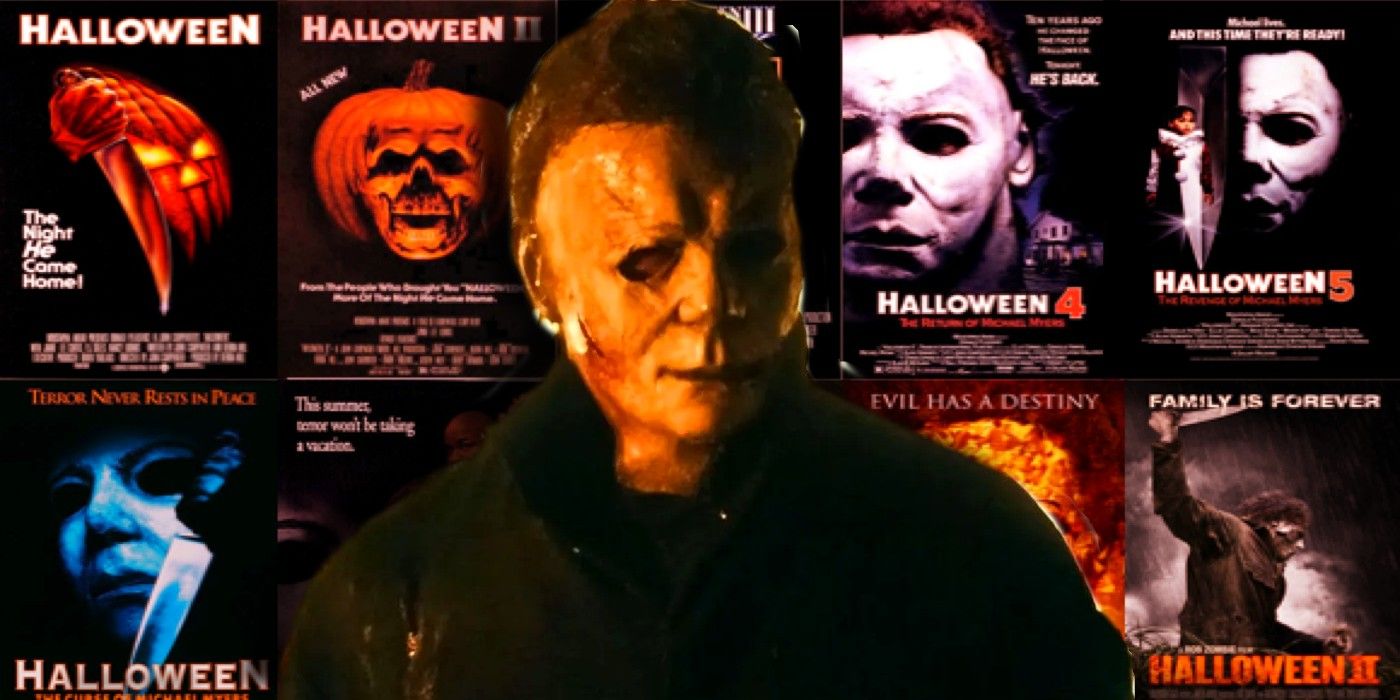
The starting point of the Halloween saga is, of course, Carpenter’s 1978 movie, and the first timeline is the one that continued in Halloween II, Halloween 4: The Return of Michael Myers (which introduced Jamie Lloyd as the new final girl after Laurie’s death), Halloween 5: The Revenge of Michael Myers, and Halloween: The Curse of Michael Myers, which brought back Tommy Doyle (Paul Rudd) and introduced the Cult of Thorn to explain why Michael Myers can’t be defeated. After that, the Halloween movie series went through its first retcon with Halloween H20, which brought Laurie back and explained she had faked her death. Halloween H20 didn’t include Jamie Lloyd and instead introduced John Tate as Laurie’s son, and this timeline continued in Halloween: Resurrection, where Michael finally killed Laurie during the first act.
Halloween’s next retcon happened in 2007 with Rob Zombie’s remake, which even though followed the same premise as Carpenter’s movie, made a lot of changes, especially to Michael’s backstory. This timeline came to an end with Halloween II, after which the Halloween saga was rebooted. In this current timeline, the only movies that are canon are Halloween (1978), Halloween (2018), Halloween Kills, and the upcoming Halloween Ends. As for Halloween III: Season of the Witch, it’s set outside the Michael Myers timeline, so it isn’t canon in any of the franchise’s timelines.
Halloween Theory: Non-Canon Sequels Were Imagined By Michael Myers
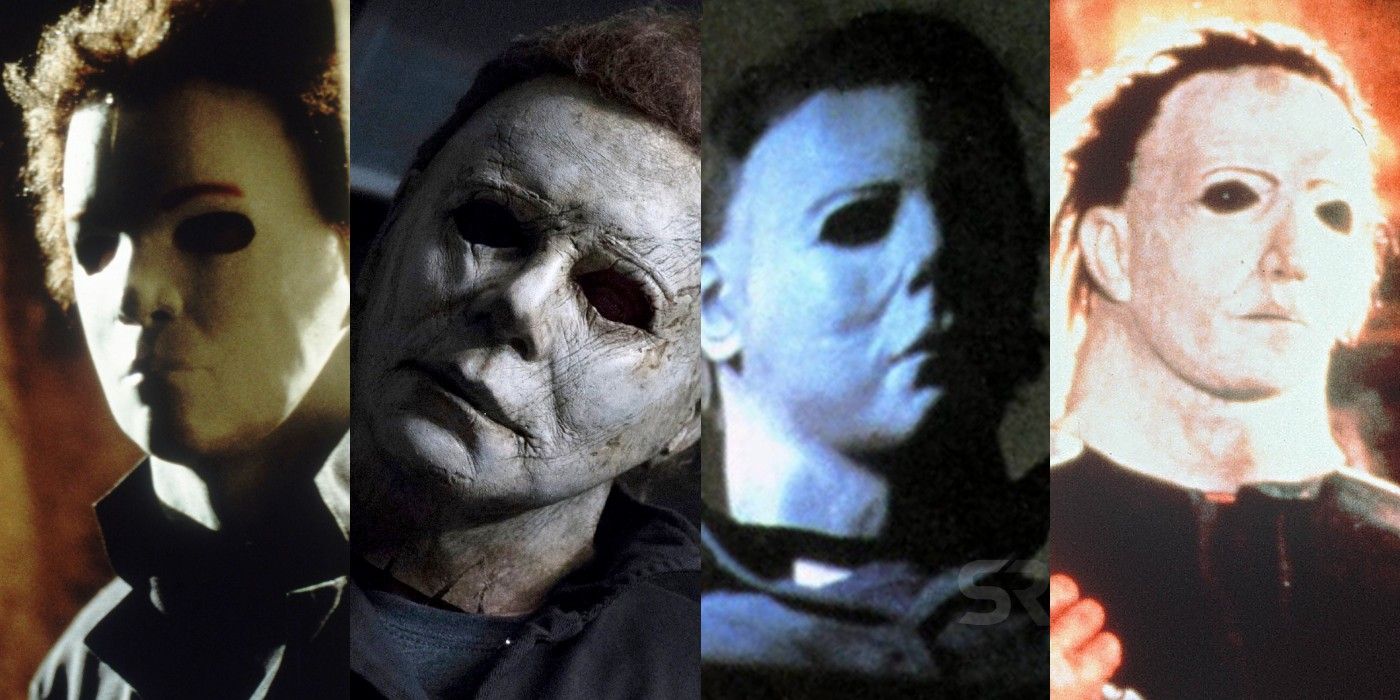
The Halloween reboot timeline has made some subtle references to the ignored sequels but without making their stories and characters canon, but a theory posted on Reddit suggests a way in which they can be part of this timeline without changing the current story. Halloween 2018 revealed that Michael Myers was captured not long after the ending of the first movie, after which he was sent back to Smith’s Grove, where he stayed for four decades. The author of the theory suggests that, during his time at Smith’s Grove, Michael Myers came up with these “elaborate mental narratives about how he would get his revenge”, and so the sequels are these fantasies that only happened in his mind.
This would explain some of the biggest mysteries of the Halloween saga, such as how Michael Myers seems impossible to kill, how he disappears after being attacked (which, again, would kill a normal human), how he moves so quickly from one place to the other, and how he can catch up to his victims without running. Through this theory, the author suggests that some Halloween plot holes can also be explained, such as how Michael seems to have plenty of time to hide bodies and use them as “props” to scare his next victim, as he did with Laurie’s friends in the first movie. Another detail that can be explained through this is the change of tone and the different narratives in the sequels, because as Michael got older, his ideas evolved and changed.
How Halloween III: Season of the Witch Fits Into The Theory
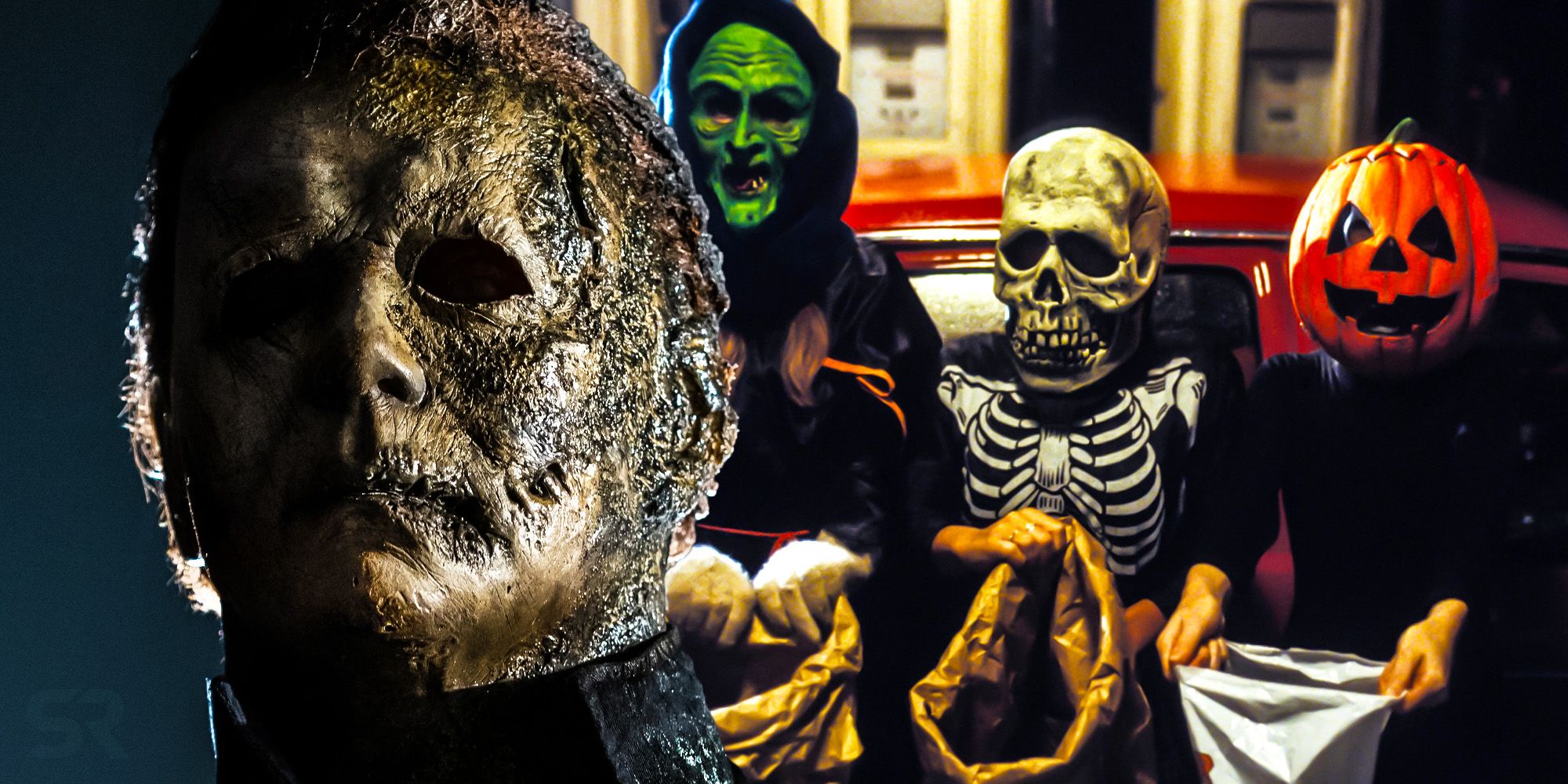
The theory doesn’t leave Halloween III: Season of the Witch behind and suggests a way in which it can fit the reboot timeline. The author explains that Halloween III was a result of Michael fantasizing after watching 1980s horror movies like Poltergeist, The Shining, Friday the 13th, etc., which could have been “some kind of film therapy to build empathy” by watching others suffer – and, of course, because this is Michael Myers, this “therapy” backfired. Halloween III, then, was the result of that failed therapy, which is why after it, he went back to fantasizing about him being the supernatural antagonist, which could also be the result of watching other seemingly invincible characters like Jason Voorhees. This “therapy” part feels like a stretch, but then again, everything Michael went through at Smith’s Grove with Dr. Loomis is a mystery (except in Zombie’s remakes).
What This Theory Means For Halloween Ends
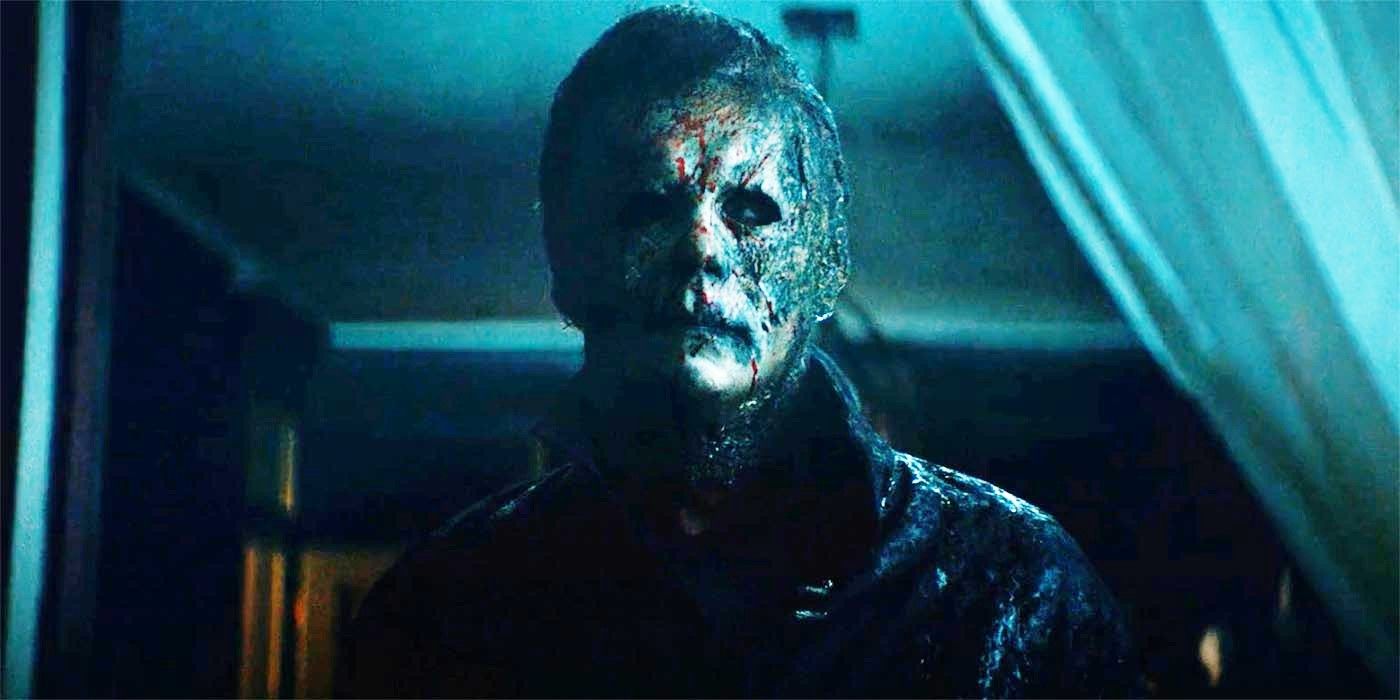
If this theory is true, this would mean that Michael Myers has spent decades mentally preparing for different scenarios – some without Laurie, others with her children, and some others with new people –, meaning that now that he’s out once again, he’s a lot more prepared for whatever Haddonfield throws at him. This would mean that, by the time Halloween Ends begins, Michael Myers will be stronger than ever, as he not only analyzed a variety of situations in his head for years but he also survived being shot, kicked, beaten, and stabbed in Halloween Kills, thus making him mentally and physically stronger. This theory brings the entire Halloween franchise together without having to change the reboot storyline, and while some parts don’t fully work, like Halloween III and therapy, it’s an interesting idea with the potential of solving some of the franchise’s biggest questions and issues.
Key Release Dates
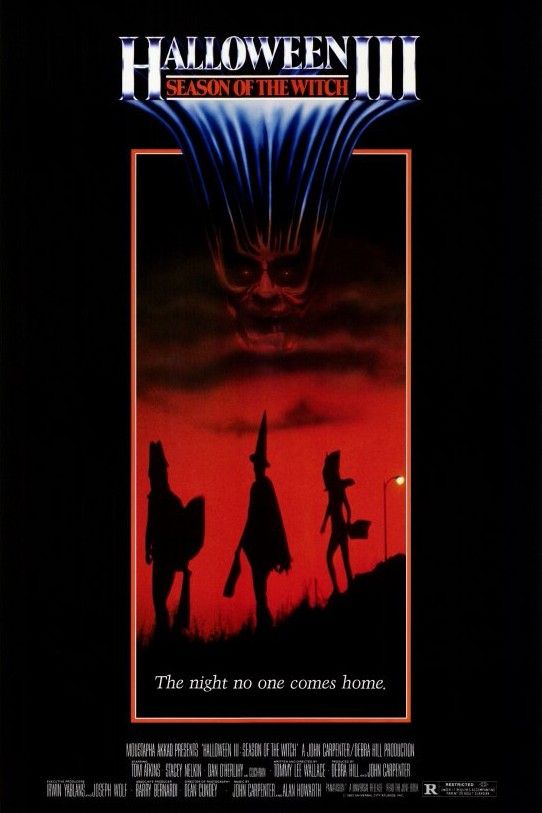
Halloween III: Season of the Witch
Release Date:1982-10-22




